Titanium is a high strength metal with remarkable corrosion resistance and excellent strength-to-weight ratio.
Forging titanium improves its mechanical properties allowing you to implement it in different applications where weight is of significant concern.
Steps in Titanium Forging
When undertaking titanium forging the following steps are central to a successful operation:
· Heating
When heating titanium, regulate the temperature to prevent under/over-heating. Under-heating can harden the metal increasing forging difficulty while overheating can weaken the metal owing to grain growth. Additionally, heating process should be in a vacuum or inert atmosphere.
Titanium has a high melting point of around 1,668°C allowing heat application during forging usually between 800°C to 1,200°C. Heat application is dependent on the alloy used and the final product’s desired properties.
· Shaping
The shaping process involves actions like hammering, pressing and rolling. You hammer hot titanium metal by exerting repeated blows via a hydraulic or mechanically driven hammer. You can effectively use this method for large designs but with simple shapes.
When pressing, a hydraulic press allows continuous application of a slow force on the metal achieving greater control. As a result, dimensional accuracy is higher. Rolling is commonly used for ring-shapes where you achieve high-strength properties in your product.
· Cooling
The forging process should be followed by controlled cooling ensuring unwanted microstructures do not form. When your titanium metal cools rapidly, it is prone to residual stresses. Contrarily, if cooling is so slow initiates a coarse grain structure. In both instances, it hampers titanium’s mechanical properties.
You can carry out controlled cooling in a furnace or use air. Thereafter, undertaking a heat treatment optimizes the titanium’s mechanical properties like ductility. Depending on the alloy and desired results, you can use an aging process or annealing.
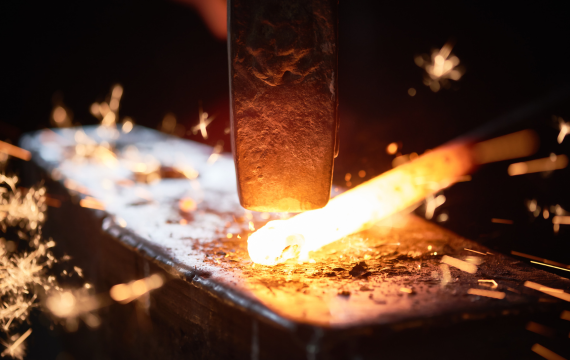
Techniques in Titanium Forging
You have two primary techniques in forging titanium metal: hot orcold forging. The choice of technique will depend on the titanium alloy and the desired end product properties.
1. Hot Forging
In hot forging, you deform titanium at above its recrystallization temperature usually between 800°C and 1,200°C. The ductility and malleability of titanium at this temperature is more apparent making the shaping process easier.
Other benefits in hot forging titanium include achieving a refined grain structure and thus fatigue resistance and high strength and toughness. You also need less force application in shaping titanium useful when working on complex or large parts.
Nonetheless, working on titanium at high temperatures needs a controlled atmosphere to prevent contamination from occurrences like oxidation. Additionally, it consumes a lot of energy while achieving tight tolerances is difficult thanks to expansion requiring additional machining.
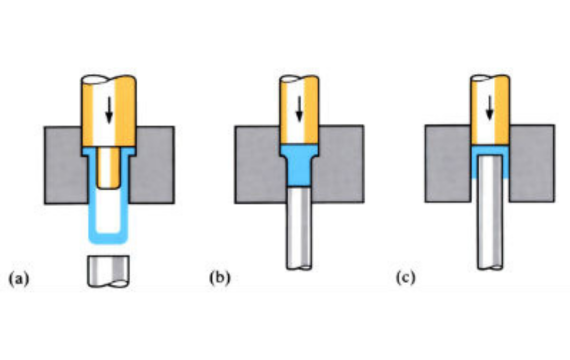
2. Cold Forging
This refers to working on titanium at room temperatures or below recrystallization temperature essentially in the absence of heat. Cold forging is ideal for small components with simple shapes resulting in higher dimensional accuracy and better surface finish.
Titanium work’s hardness and yield strength is considerably higher thanks to work hardening. You also record reduced material wastage and low energy input owing to non-heating procedures. Nonetheless, you require use of significant force due to titanium’s strength.
Furthermore, due to the effort required to deform titanium at these temperatures, it is only efficient for simple shapes. Otherwise, you can easily crack the work stemming from the material’s low ductility and limited plasticity.
3. Precision Forging
Forging titanium with this technique achieves parts with striking identity to the intended design reducing need for post machining. It therefore features less material wastage with immaculate surface finish and dimensional accuracy.
However, to achieve precision forging your tooling costs will be much higher than usual. Additionally, the forging conditions and environment need to be precisely controlled to prevent infractions like oxidation.
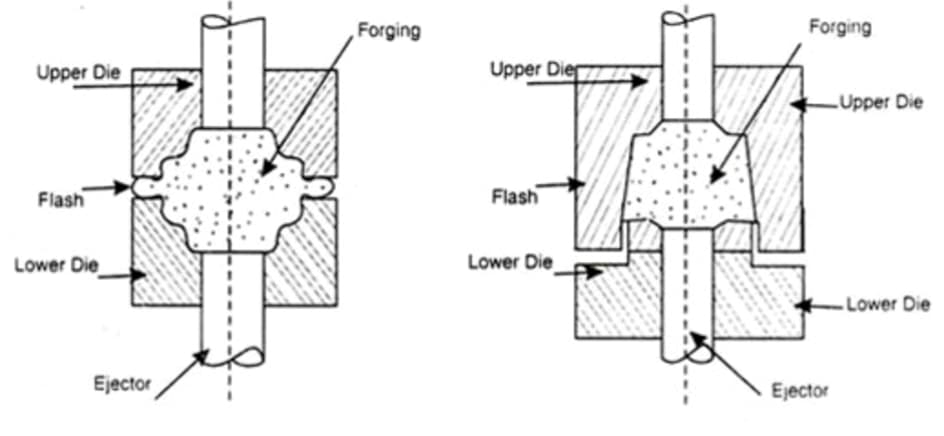
Types of Titanium Forging Process
In forging titanium, you utilize different methods to achieve the desired shape with superior mechanical properties. The method you select will be guided by the shape you intend to achieve and the component size.
· Open-Die Forging
In open-die forging, you deform the titanium between usually flat dies without wholly enclosing the metal. The shaping process is through repeated striking or gradual pressing. You find this method achieves better mechanical properties and grain structure, ideal in handling different part designs.
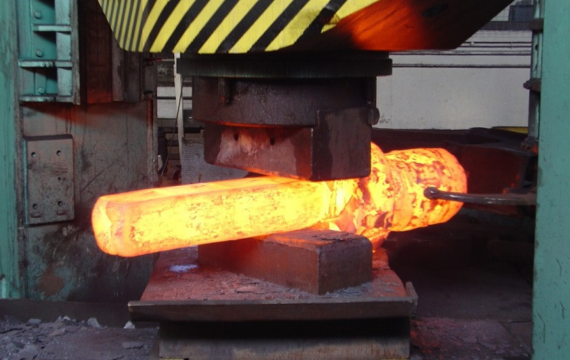
You can use open-die forging to make simple but large designs for parts including rings, bars and shafts with few deformations. However, it requires excellent skills to achieve high dimensional accuracy which is extremely difficult to achieve for parts with complex designs.
· Closed-Die Forging
Here, you first position a heated titanium work piece in a defined die design usually fashioned from hardened steel. You then subject it to hammering force or pressing till the piece conforms to the die cavity.
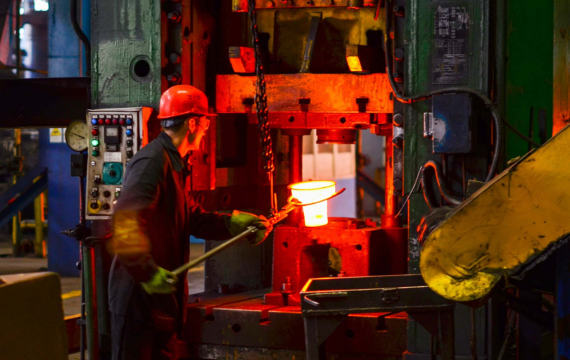
Closed-die forging is highly repeatable and precise allowing production of complex part designs with tight tolerances. Compared to open-die forging, you experience less material waste. However, the tooling cost incurred to make custom shaped dies are high.
· Upset Forging
When forging titanium article in upset forging, you reduce their length while increasing their cross-sectional area. A common approach to execute this is by subjecting the metal to compressive forces between a die pairing.
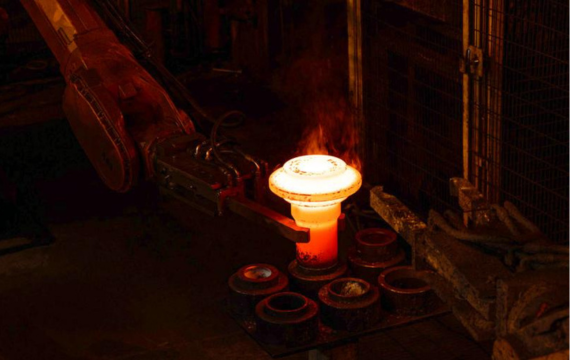
This method improves part strength and toughness by refining material grain structure. You can also control dimensional accuracy relating to diameter and length useful in making parts like rods and shafts. However, the abrasiveness of the process results significant tool wear.
· Roll Forging
In roll forging, you subject the titanium material to compressive forces usually using a pair of cylindrical rolls. The deforming process is gradual reducing the material’s thickness and increases its length. This method is material efficient recording reduced waste.
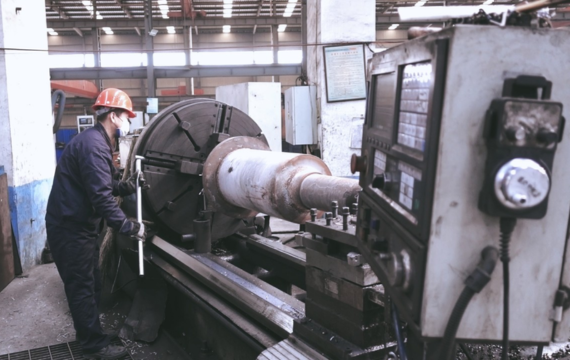
Roll forging is continuous allowing large productions of long and uniform titanium components with uniform cross-sections like turbine blades. Nonetheless, you need precise control over operation temperature and roll alignment to prevent defects and maintain consistent cross-sectional dimensions.
· Isothermal Forging
This hot forging process has you heating the dies and titanium work piece to same temperature. As such, you achieve a consistent deformation process since the material does not undergo rapid cooling during the process.
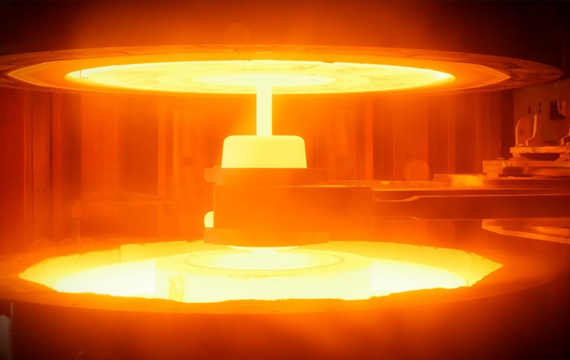
You can use isothermal forging to fabricate complex parts as those used in aerospace applications. The parts also have high strength quality with reduced chance of cracking owing to thermal curing. You however need a controlled atmosphere for successful execution.
· Press Forging
You execute press forging by continuously applying force to a titanium work piece using a mechanical or hydraulic press. This is usually in a die of appropriate design allowing you to consistently achieve similar results to tight tolerances.

Press forging improves the material’s mechanical properties owing to the slow deformation that reduces internal stresses. You can produce a wide range of parts using press forging as it can support both simple and complex designs.
· Drop Forging
By striking a hot titanium piece repeatedly using a die or hammer, into a cavity or mold, you undertake drop forging. The applied force allows you to transform the titanium piece into desired shape as set out by the die.
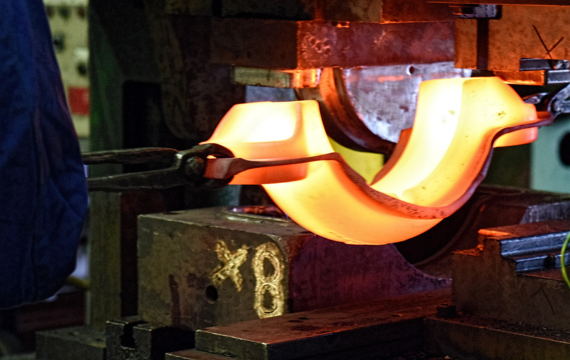
You can use drop forging for both complex and simple shapes with high strength quality. This is especially true for large volume production where it is cost-effective in making high value parts. You however incur high initial tooling costs with relative material waste.
Advantages of Titanium Forging
When considering material requirements for an application with high strength demands and corrosion tolerance, forged titanium is ideal. The following are some of the advantages of implementing forged titanium in your fabrication works:
- Forged titanium will retain its physical qualities even at elevated temperatures allowing use for parts intended for extreme environments application.
- The fatigue resistance of forged titanium is considerably higher than that of unworked metal reducing weak points in the material structure.
- The forging process enhances titanium’s grain structure improving mechanical properties such as strength and toughness making them highly durable.
- Using specific forging techniques like precision and closed-die forging effectively utilizes material reducing waste.
- You can achieve different part shapes and designs with forging ranging from simple to complex supporting use across various industries.
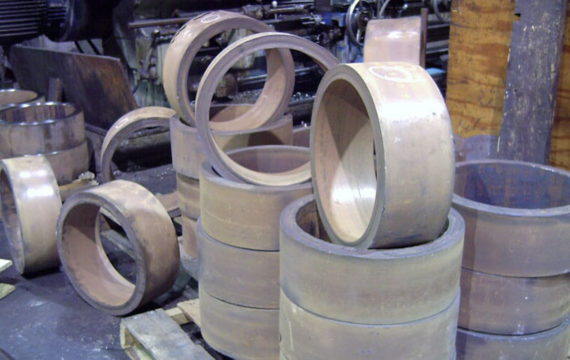
Applications of Titanium Forging
The exceptional properties of forged titanium allows its use in the fabrication of components integral to diverse industries. Here are some of the applications for forged titanium:
- Surgical instruments, prosthetics and implants are some applications of forged titanium in the medial world.
- The corrosion resistance of titanium allows use in forging parts intended for marine application like hull fittings and propeller shafts.
- The energy sector utilizes titanium forging in making parts for power generation like turbines and drilling equipment for oil and gas extraction.
- You can forge titanium to furnish automotive parts like connecting rods for engines and suspension
- You can use titanium forging to fabricate structural and engine components in the aerospace industry like wings and turbine discs.
Conclusion
Forged titanium components are integral across industries owing to their combined qualities of strength, corrosion resistance, lightweight and biocompatibility. This makes them the ideal material choice for your high performance application where they are highly reliable.
Other Titanium Fabrication Techniques:
- Titanium Anodizing – Source: KDM
- Titanium Welding – Source: KDM
- Titanium Hydroforming – Source: KDM
- Titanium Laser Engraving – Source: KDM
- Titanium CNC Machining – Source: KDM
- Titanium Laser Cutting – Source: KDM




